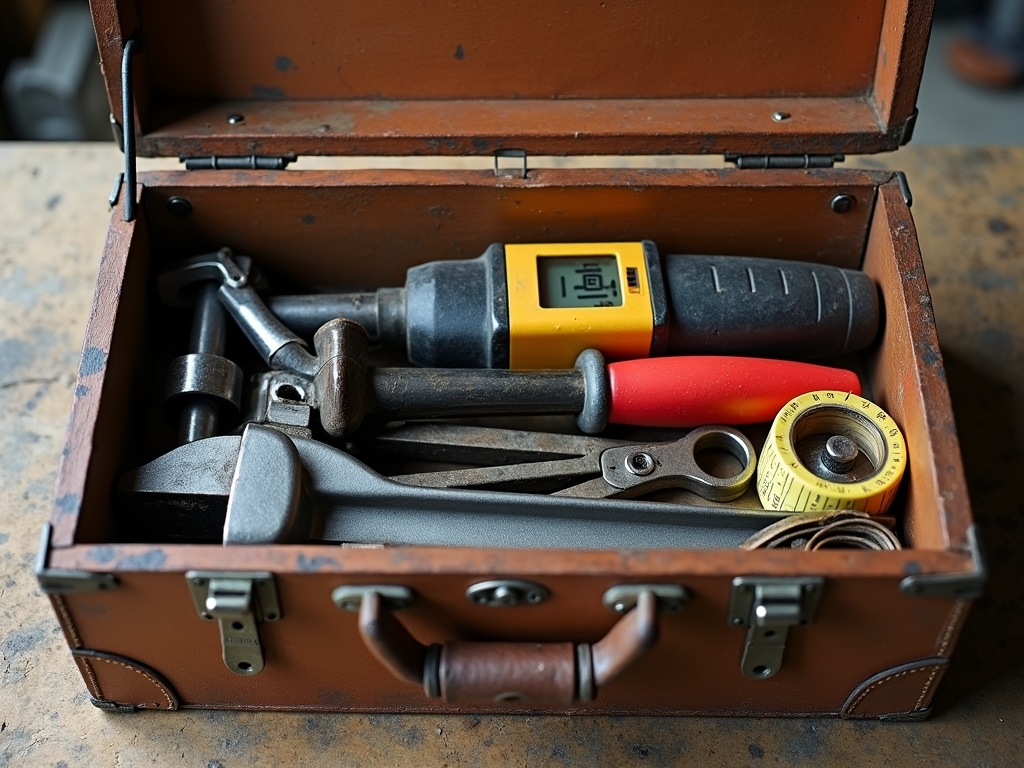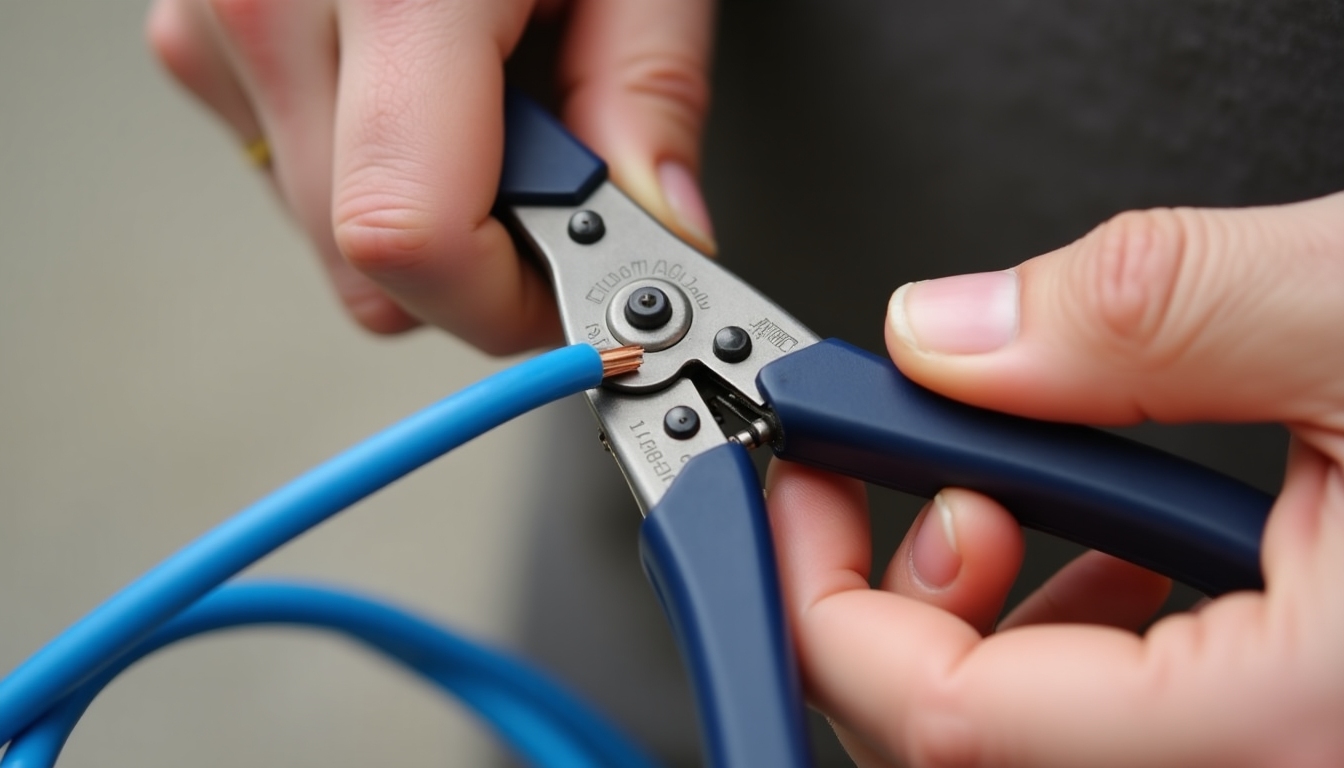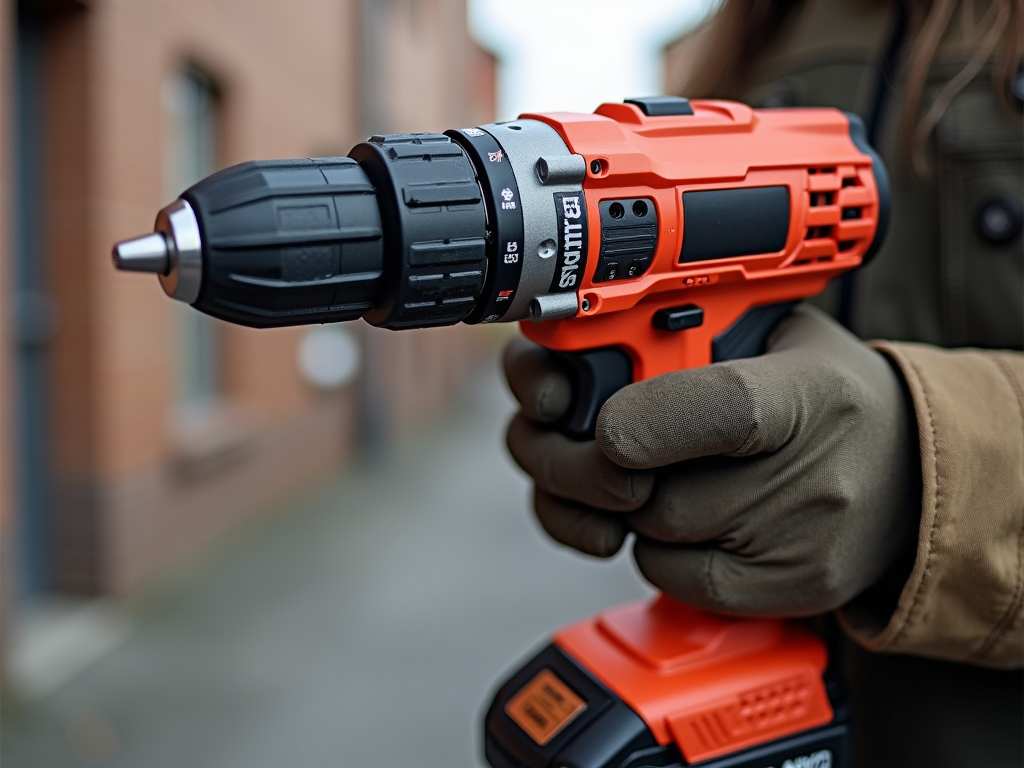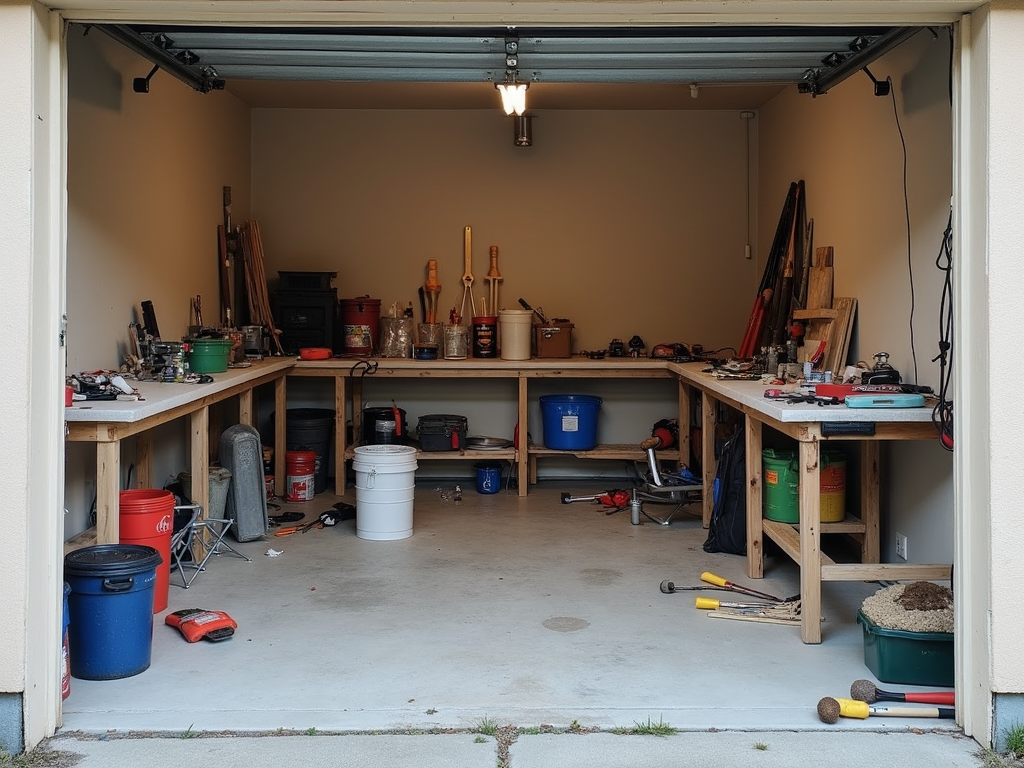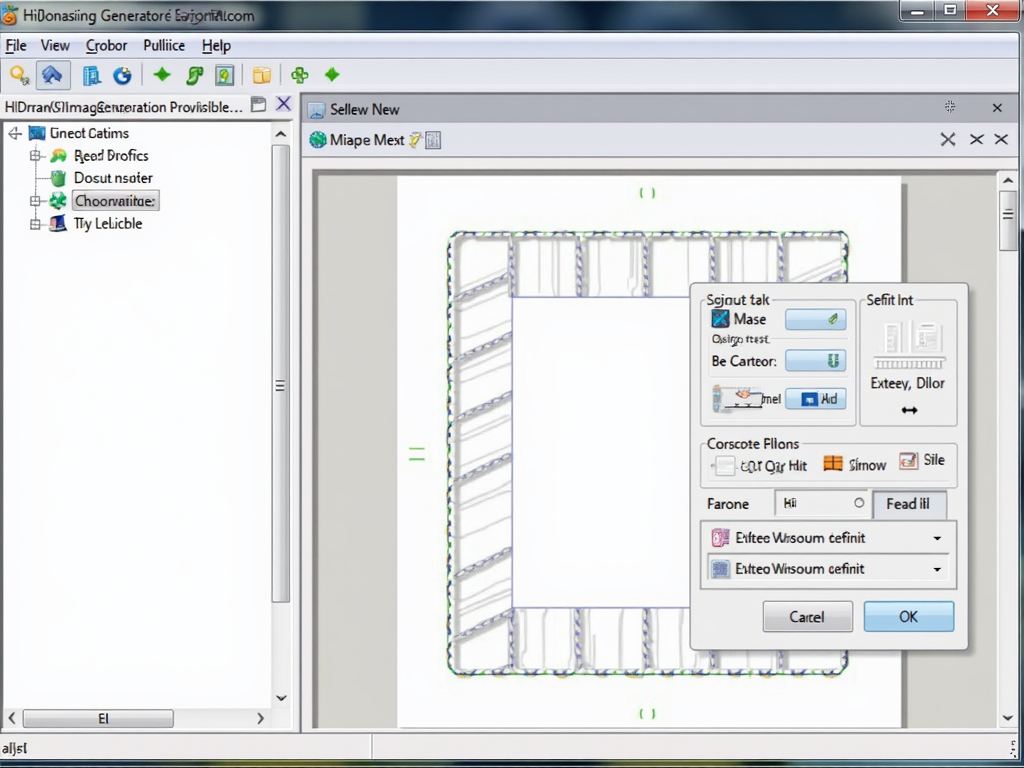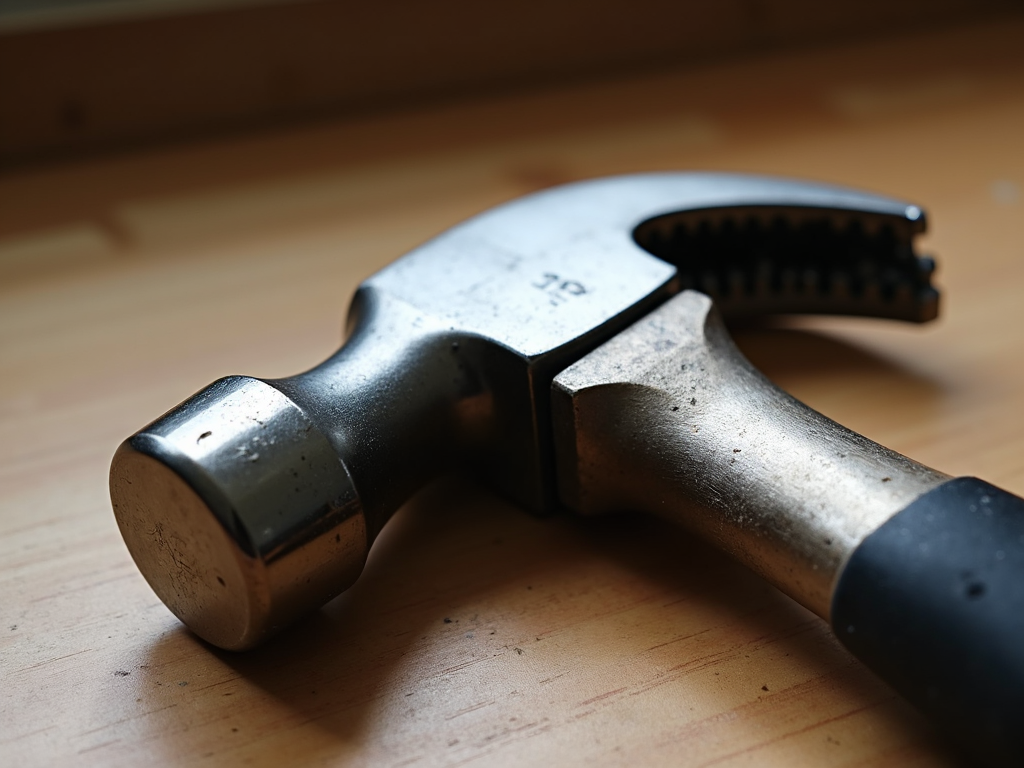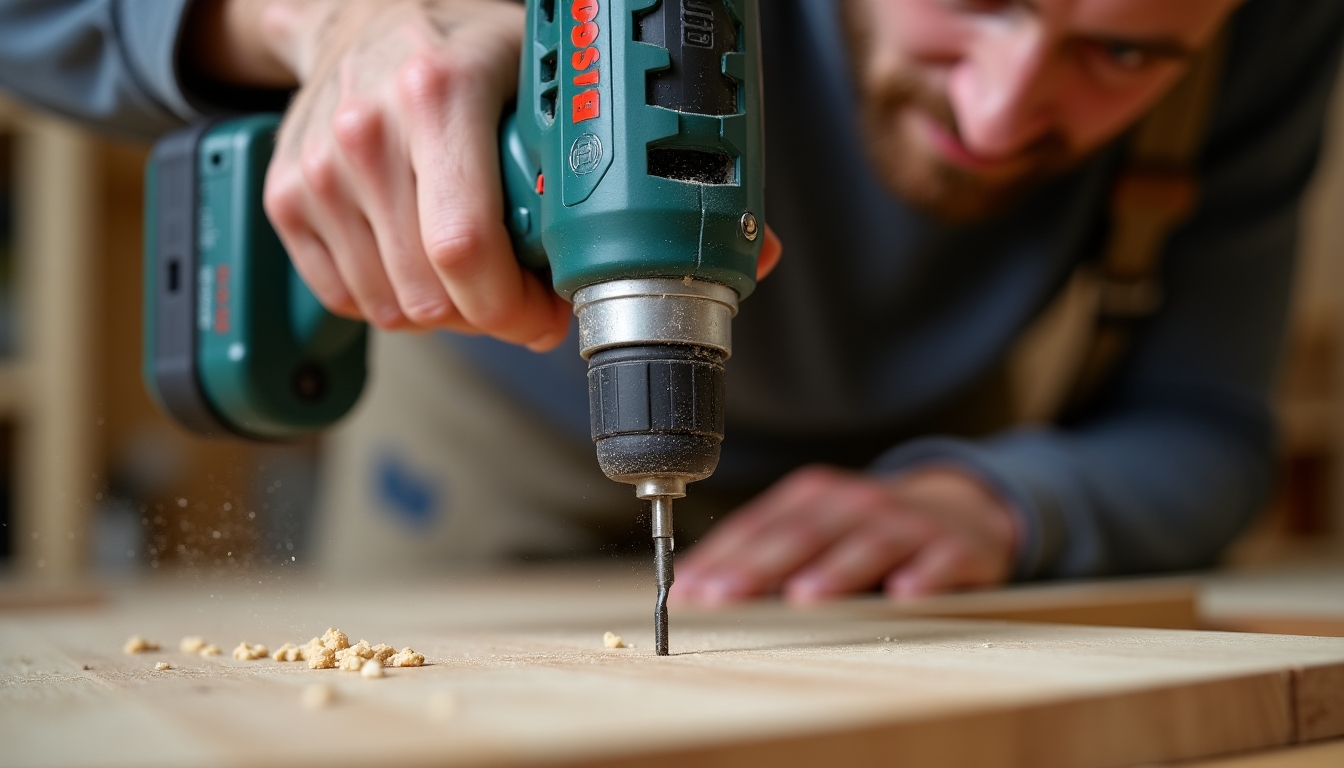Hand tools are vital for DIY projects, from simple repairs to woodworking. This Beginner's Guide to Essential Hand Tools covers must-have workman tools for everyday use and woodworking tools, offering tips to start your collection confidently.
Hand tools are the backbone of any DIY project, whether you’re fixing a leaky faucet, building a birdhouse, or assembling furniture. Unlike power tools, hand tools don’t need electricity, making them perfect for beginners. They give you control and precision for all kinds of tasks.
Investing in essential hand tools is a smart step for any beginner. They help you handle daily fixes and set you up for bigger projects as you learn. This guide walks you through the best tools to start with, including tips on picking and using them.
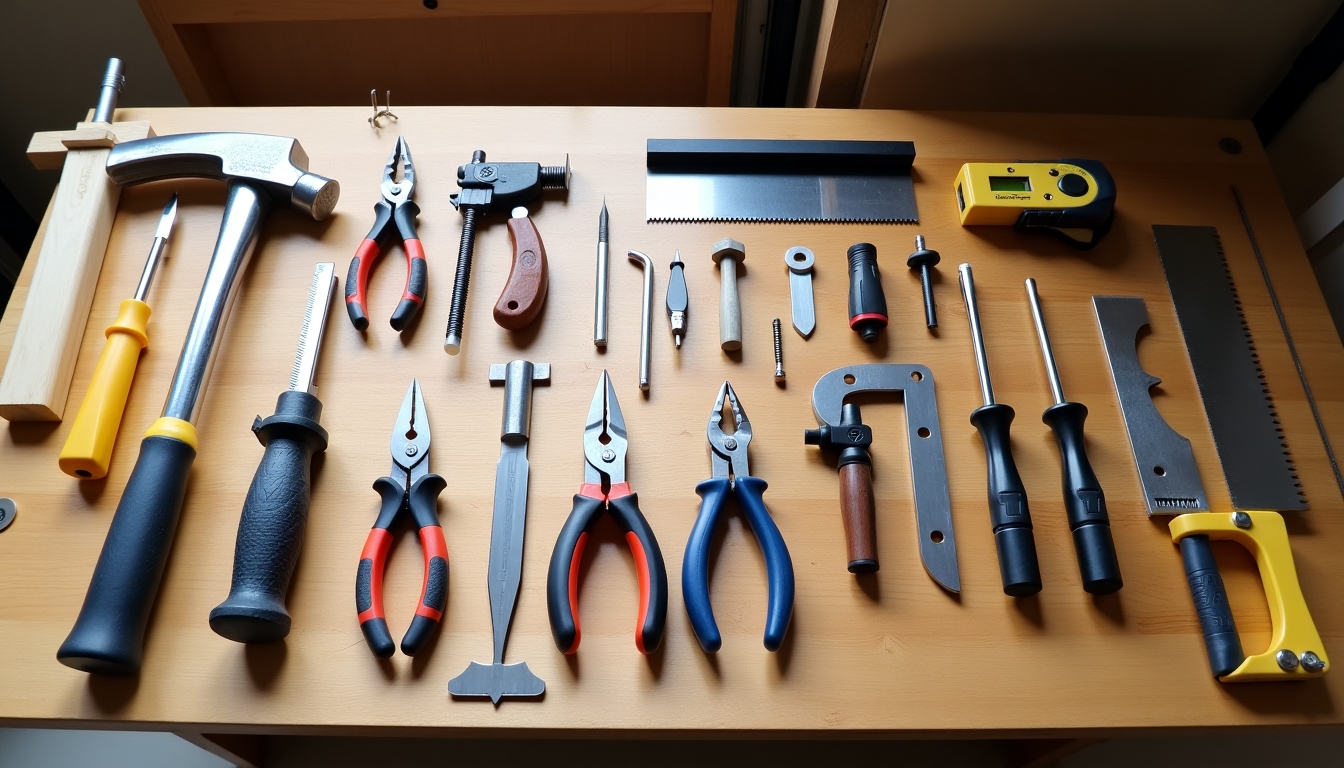
Essential Hand Tools for Everyday Use
Every beginner needs a basic set of workman tools for everyday use. These tools tackle common tasks around the house. Let’s dive into the essentials:
Hammer
A hammer is a classic tool. Use it to drive nails, pull them out, or break things apart gently. Pick one with a comfy grip and a weight that feels right—around 16 ounces works well for most jobs.
Here’s a tip from my own projects: A fiberglass handle beats wood because it cuts down on the shock to your arm when you’re hammering for a while.
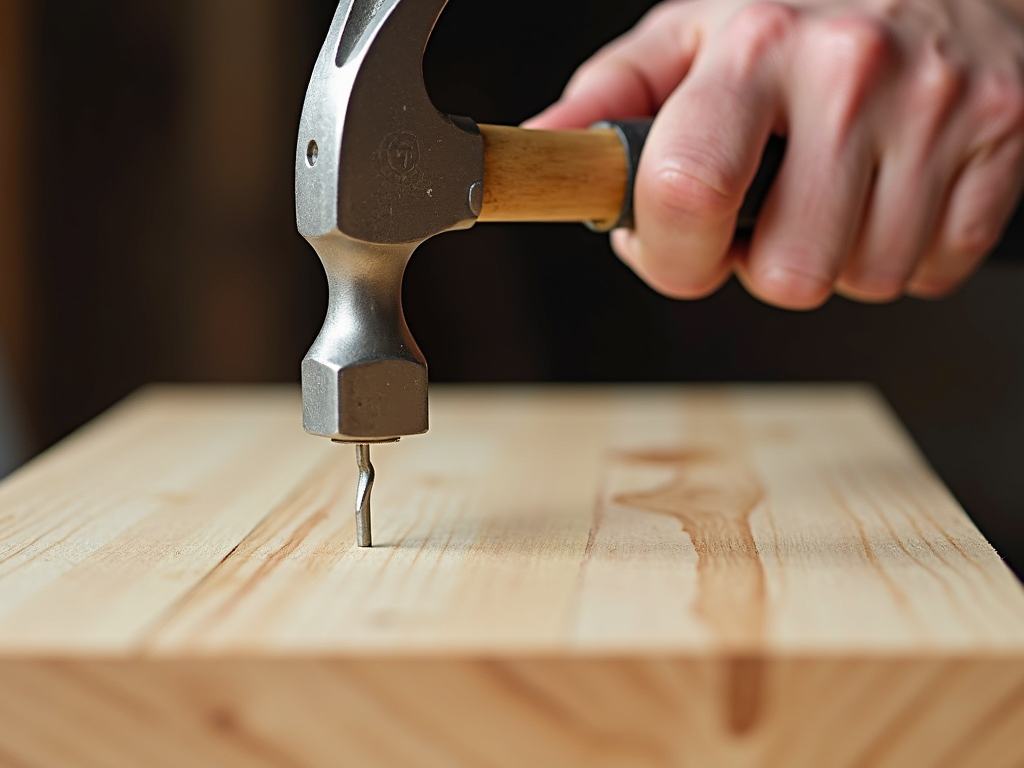
Screwdrivers
Screwdrivers come in different shapes, but flathead and Phillips are the ones you’ll use most. Get a set with a few sizes of each. Ones with magnetic tips are great for tight spots.
When I started, I grabbed a cheap set—big mistake. They wore out fast. Spend a little more on a good brand like Craftsman or Stanley, and you’ll thank yourself later.
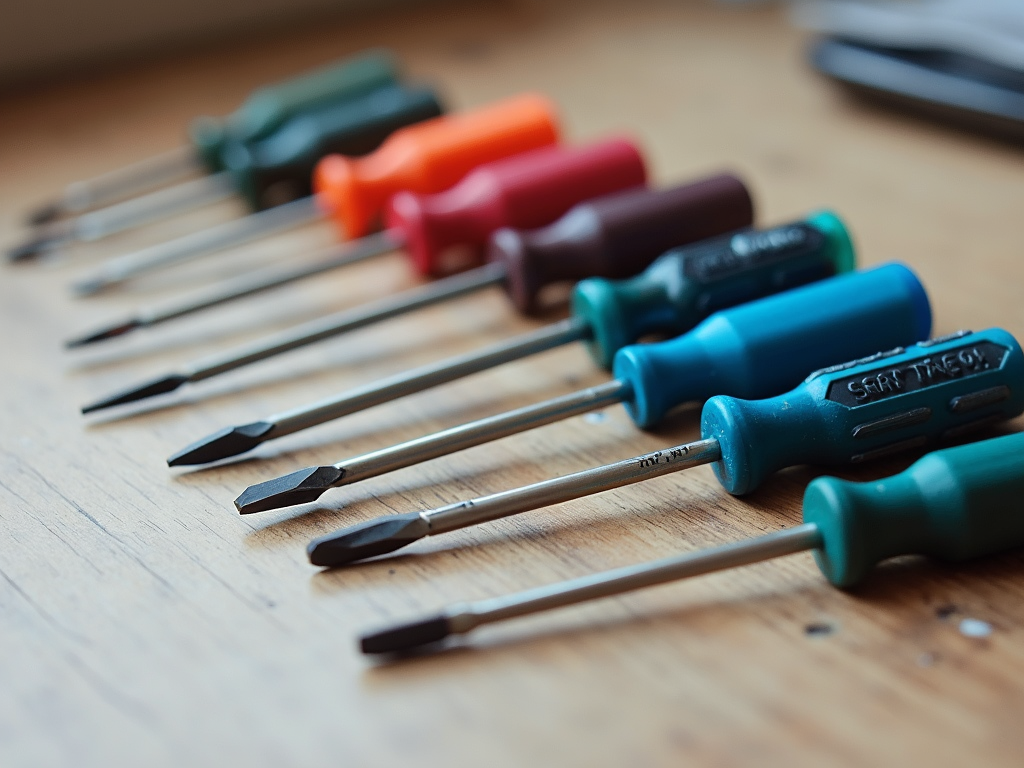
Pliers
Pliers grab, bend, and cut stuff. You’ll want needle-nose pliers for small jobs and regular pliers for everything else. Some even have wire cutters built in—super useful for wiring tasks.
Tape Measure
You can’t build anything without measuring first. A 25-foot tape measure with a solid case and a lock is perfect. Get one with inches and centimeters so you’re ready for anything.
Utility Knife
A utility knife cuts through cardboard, drywall, and more. Look for one with a blade that slides back in for safety and one where you can swap out blades easily.
Adjustable Wrench
This tool tightens or loosens nuts and bolts of all sizes. It’s a real space-saver. Choose one that adjusts smoothly and feels good in your hand.
Level
A level keeps things straight. A small one—called a torpedo level—is fine for most jobs. If you’re working on something bigger, a longer one might help.
Essential Hand Tools for Woodworking
Interested in woodworking? These woodworking tools will get you started on projects like shelves or boxes:
Handsaw
A handsaw cuts wood by hand. For beginners, a crosscut saw with 8-10 teeth per inch handles most cuts you’ll need to make.
Chisels
Chisels shape wood, carve it, or make joints. A set from 1/4 inch to 1 inch wide covers the basics. Keep them sharp—they work better that way.
Clamps
Clamps hold wood pieces together while glue sets or when you’re putting things together. Start with C-clamps or bar clamps. Trust me, you’ll want extras!
Block Plane
A block plane smooths wood and trims edges. It’s handy for making joints fit just right or cleaning up rough spots.
Sandpaper and Sanding Block
Sandpaper smooths your wood projects. Get a range of grits—rough to fine—and a sanding block to keep it flat while you work.
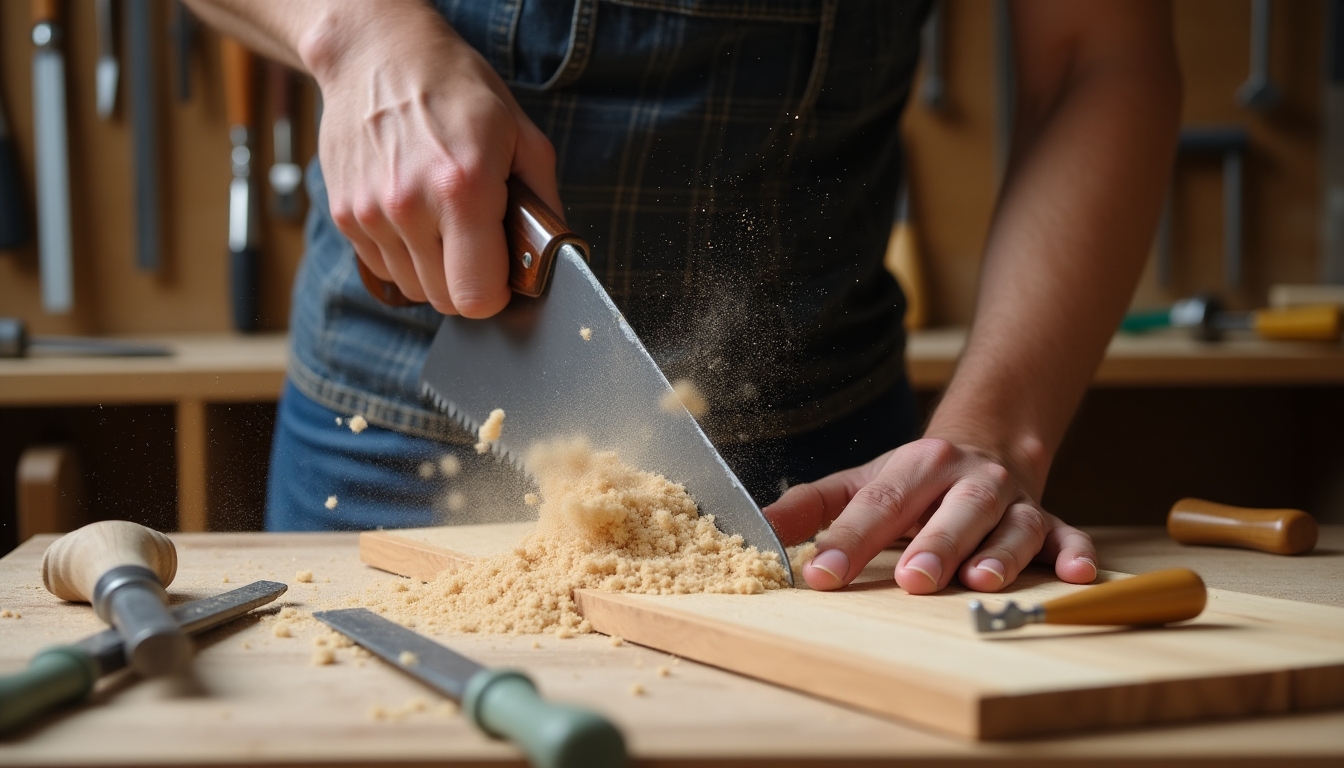
How to Choose Quality Hand Tools
Picking the right workman tools matters. Here’s what to look for:
- Material: Go for tools made of strong steel—they last longer.
- Comfort: Handles should feel good so you don’t tire out fast.
- Brand: Known brands often mean better quality and support.
- Cost: Cheap tools break fast. Mid-priced ones usually give you more bang for your buck.
My advice? Buy tools one by one as you need them. That way, you get good stuff instead of a so-so set.
Safety First: Using Hand Tools Properly
Stay safe with these tips:
- Wear safety glasses and gloves to protect yourself.
- Keep your workspace tidy to avoid tripping or knocking things over.
- Use each tool the way it’s meant to be used.
- Put tools away right to keep them safe and sharp.
- Practice how to use them to stay in control.
For example, with a chisel, cut away from yourself and keep your hands clear of the blade.
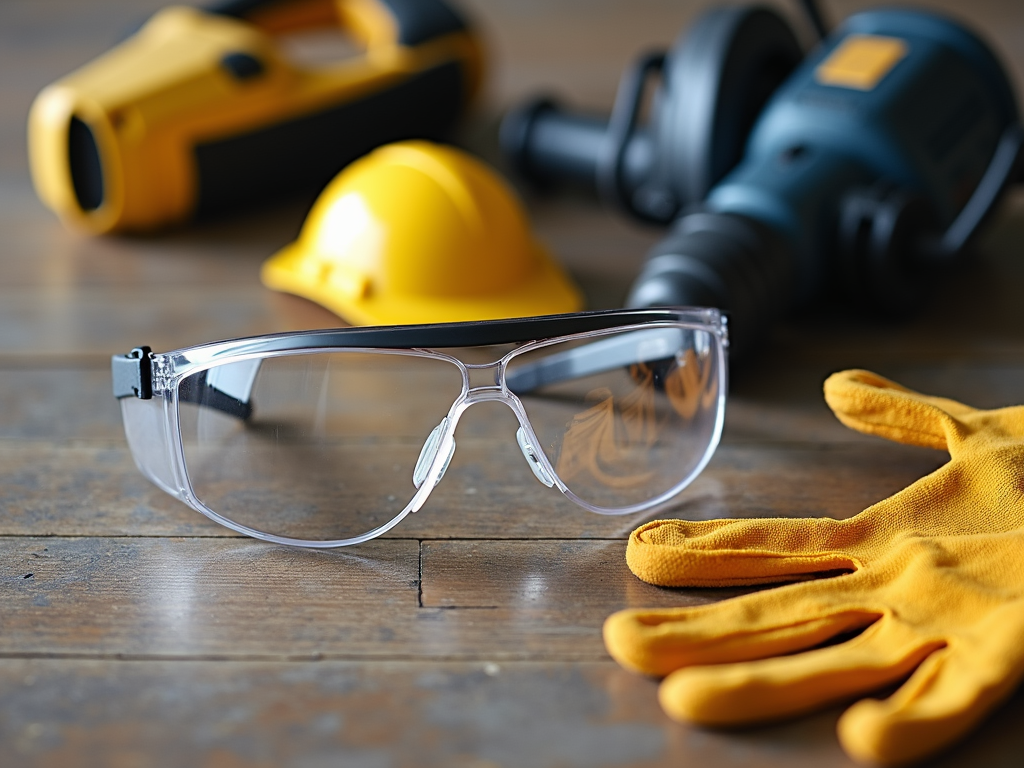
Caring for Your Hand Tools
Take care of your tools, and they’ll last:
- Wipe them down after use to get rid of dirt.
- Oil moving parts now and then to keep them smooth.
- Sharpen blades when they get dull.
- Store them somewhere dry so they don’t rust.
I keep a little bottle of oil in my toolbox—it’s a quick fix for keeping things in shape.
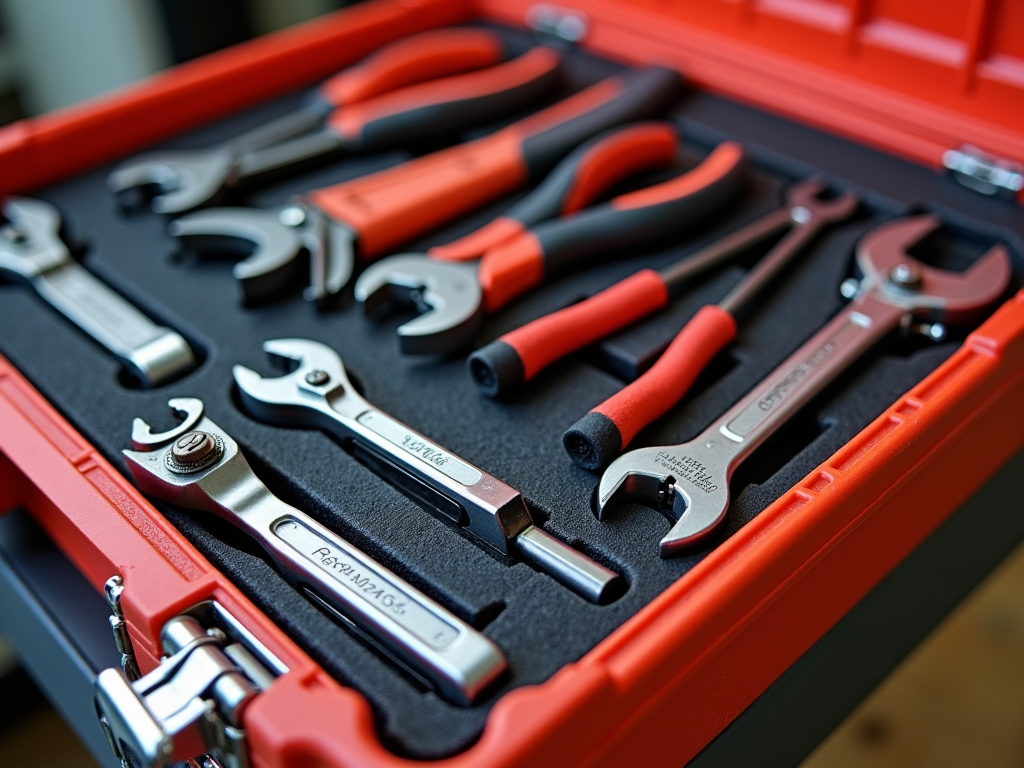
Conclusion: Starting Your Hand Tool Collection
Building a set of essential hand tools lets you take on projects with confidence. Begin with these basics, focus on quality, and keep safety first. As you get better, add more tools to your kit.
The best tool is one you know how to use. Learn each one, practice, and enjoy your projects. Happy building!
Related Beginner's Guide to Essential Hand Tools:
- Essential Workman Tools for Plumbing and Maintenance: A Comprehensive Guide
- What’s New in Workshop Tech for 2024: Innovations Shaping the Future
- The Role of Thermal Imaging in Modern Industry
- Comprehensive Guide to Workman Tools for Beginners
- Comprehensive Guide to Workshop Equipment Maintenance: Tips and Best Practices
- How to Choose the Right Workbench for Your Needs: A Comprehensive Guide
- Top 10 Must-Have Tools for Every Construction Worker
- Power Tool Evolution: A Detailed History
- Mastering Small Space Organization: Tips for Workman Tools
- From Digital to Physical: Using HiDream Image Generator to Plan Your Rotary Tool Projects
- Top 10 High-Quality Workman Tools for Professionals
- Revolutionizing Workshops: What's New in Workshop Tech
